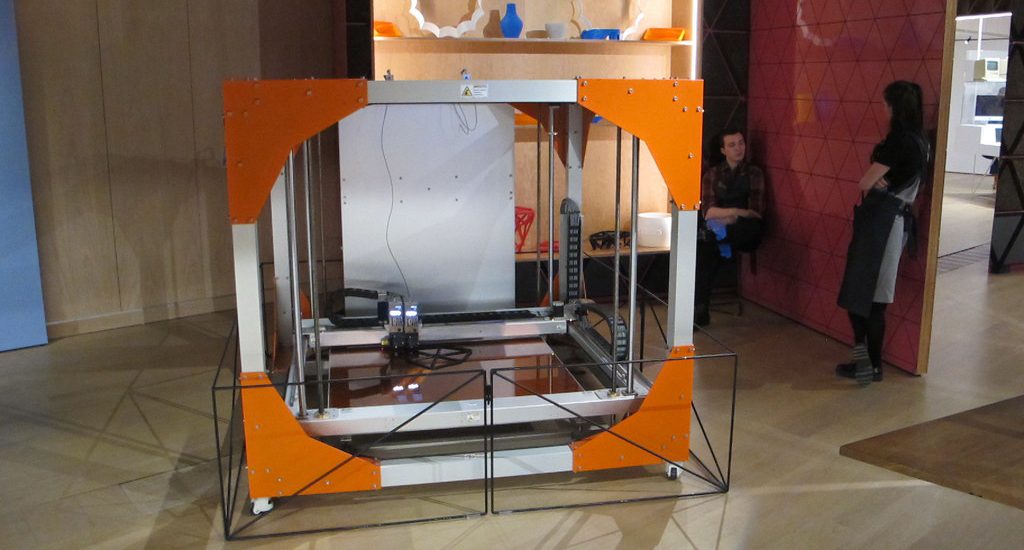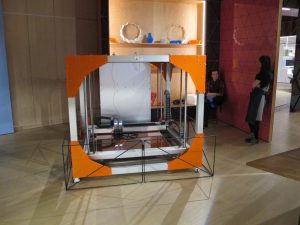- April 24, 2019
- Posted by: David Marshall
- Category: Digital Transformation, Manufacturing

Companies that regularly perform an ABC analysis on their products may be able to change how often they cut their products and reduce their inventory if they could embrace 3D printing. It would help them reduce the amount of inventory and raw materials they store, which could make some nonprofitable items profitable ones. Here’s how.
The Pareto Principle — also called the 80/20 rule — is the idea that 80 percent of your profits comes from 20 percent of your efforts. The reverse is also true: 20 percent of your profits come from 80 percent of your efforts.
You can also substitute clients or products for “efforts” — 80 percent of sales come from 20 percent of clients, 80 percent of your sales are for 20 percent of your products.
The ABC Analysis takes the Pareto Principle one step further and breaks it down even further. The top 10 percent of your performers are your A performers, the second 10 percent are your B performers, and your lowest 80 percent are the C performers.
Of course, the percentages will vary, but your A performers will no doubt carry the lion’s share of that 80 percent, but the B performers will have a healthy amount.

The products in the last 10 percent of your product line may actually lose money by your producing and storing, plus the time and energy it takes to process the payments.
But you won’t actually know that until you do your ABC Analysis and identify the costs and profits of each of the items you make and sell.
3D Printing May Change Everything
In the past, I would have advised companies to drop as many of their C performers as they could. Outsource the manufacturing to a company that specialized in making those items and just buy them as you need them.
For example, if you only make and sell 20 engine mounting brackets in a single year, why not just outsource their production to a company that specializes in making mounting brackets?
You could buy 20 of their mounting brackets and store them on your shelf until your customers need them — some companies will even inventory two years’ worth of products because they know they’ll eventually sell out of them. At least this way you don’t have to maintain the equipment or tool-and-die to make them, you don’t have to pay for their production, and you don’t have to buy the raw materials to create them.
Enter metal 3D printing and the ability to create high-strength steel products for industrial applications. We now have the technology available to make metal parts used in automotive, aeronautics, and even heavy construction. These metal parts are used in a variety of situations where strength and durability are paramount, so we know it can be done.
So you buy a 3D printer to make your metal brackets, which seems like an expensive solution to a small problem, but this is more than just your mounting bracket printer. You can use it to print everything else you make in your operation: panel covers, support legs, support brackets, bin covers, engine housings, threaded couplers, on and on and on. Anything you make with metal can now be 3D printed.
And even if you only sold 20 units of each of those items per year, you now only need a single machine to make them. While you might have used 17 different tool-and-die combinations, three hydraulic presses, and an extruder to create all those parts, you can swap it out with a single metal 3D printer and print each of these items on command.
So when one of your mounting bracket customers calls up and needs 10 mounting brackets and three bin covers, instead of manufacturing those, you call up the patterns on your 3D printer, print them out, and ship them off.
With the 3D printer, you can pick and choose which of your C-level performers get placed into your 3D library and which ones you drop completely or outsource them.
A 3D printer also lets you keep products that you can’t eliminate because they’ve been in your product lineup for a long, long time. Those are the products that have become obsolete but are still in use. You get the once-every-three-years call to service them, which means you have to keep the accessories around just to manage that.
3D printing and additive manufacturing lets you make seldom-used parts on demand, one at a time, and you don’t have the cost of inventory or the problems of obsolescence. You don’t have to keep a few spare parts on hand because one long-term customer is still using one of your machines after 20 years. You can just load that part into your 3D printing library and print it in that off-chance your customer needs it.
Some manufacturers could even reduce their total footprint by working in an on-demand 3D printing operation Since you’re only producing items on demand and you’re not storing a lot of raw materials or completed inventory, you can print and ship everything immediately, rather than producing or buying items in advance in the hopes that they’ll be sold.
I’ve been a manufacturing executive, as well as a sales and marketing professional, for a few decades. Now I help companies turn around their own business. If you would like more information, please visit my website and connect with me on Twitter, Facebook, or LinkedIn.
Photo credit: David Hawgood (Geograph, Creative Commons 2.0)

